A new wave of leaks has rocked the Pokémon community, revealing what could be one of the most eye-opening insights into how Game Freak, The Pokémon Company, and Nintendo operate behind the scenes. The documents, allegedly from internal planning and budgeting discussions, outline development costs for upcoming Pokémon titles and hint at long-term strategic projects reaching into the next decade. But what has truly stunned fans isn’t just the roadmap—it’s the shockingly low reported budgets for a franchise that earns billions annually.
A Franchise Built on Efficiency
Pokémon is one of the most lucrative entertainment properties on the planet, generating revenue not just through games but also through trading cards, television, films, merchandise, and global licensing deals. However, according to the latest leaks, Game Freak’s internal development budgets are modest compared to other major gaming studios.
Documents circulating online suggest that Pokémon Legends: Z-A, the highly anticipated follow-up to Pokémon Legends: Arceus, was developed on a budget of just 2 billion yen (around $13 million USD). Meanwhile, the next major mainline title—referred to internally as Pokémon Wind & Waves (Gen 10)—is reportedly set to receive 3 billion yen (roughly $20 million USD).
For context, modern AAA games—especially open-world titles—often exceed $100 million in development costs. Even mid-tier studios regularly spend more than what Game Freak is allegedly investing. This revelation has sparked fierce debate among fans, with many expressing frustration that a global powerhouse could be allocating so little to one of its most beloved gaming series.
Fan Backlash and Questions of Quality
Pokémon’s most recent entries—Scarlet and Violet—sold tens of millions of copies but faced harsh criticism for technical issues, performance hiccups, and graphical limitations. If the leaked budgets are accurate, they may provide the missing explanation for why the games often appear technically underwhelming compared to other modern releases.
Many fans argue that the franchise’s massive success should justify greater reinvestment into quality and innovation. The conversation dominating online forums centers around one question: If Pokémon generates billions, why are its games running on a shoestring budget?
Developers and analysts have weighed in, suggesting several possibilities:
- A deliberate cost-control strategy: Game Freak may prefer smaller budgets to maintain creative autonomy and reduce financial risk.
- High marketing expenditure: A large portion of Pokémon’s overall budget may be directed toward global advertising and cross-media promotions rather than development itself.
- Reusable assets and pipelines: The studio’s reliance on pre-existing assets, engines, and models could keep production costs down while maintaining predictable schedules.
Despite these rationales, critics warn that the approach could lead to diminishing creative returns and player fatigue if innovation is consistently sacrificed for profit.
The Road Ahead: Pokémon’s 2030 Vision
The leaks don’t just expose current projects—they also hint at Pokémon’s strategic future. Codenamed projects such as “Gaia” and “Project 2030” suggest that Game Freak is mapping out the next generation of games years in advance. “Gaia” is believed to be tied to Generation 10, while “Project 2030” may represent the conceptual foundation for Generation 11 and beyond.
If the documents are genuine, Pokémon’s roadmap extends deep into the next decade, implying a long-term vision that balances nostalgia with innovation. The focus appears to remain on expanding the Legends sub-series and experimenting with semi-open-world gameplay, possibly as a way to refine what Scarlet and Violet started.
However, industry insiders have noted that if the same budget levels continue, the studio may struggle to deliver cutting-edge visuals or expansive game worlds that fans now expect as standard.
A Wider Reflection on Game Development Economics
The leaked figures also shed light on a broader truth in the gaming industry: big profits don’t always mean big budgets. Game Freak’s lean development approach contrasts sharply with that of Western studios, where ballooning budgets often drive up prices and risk.
Pokémon’s model seems to be one of high efficiency, high profitability, and minimal financial exposure. The company relies on a guaranteed global fanbase that ensures enormous sales regardless of graphical fidelity or technical polish. This strategy, while financially sound, carries a creative cost. Many fans fear that Pokémon could lose its sense of wonder if each release feels like a lightly enhanced version of the last.
Gaming analysts suggest that Game Freak’s budgeting reflects its unique corporate position: part of a three-way partnership between Game Freak, Nintendo, and Creatures Inc. Each entity has its own priorities, meaning development decisions are often conservative and committee-driven.
Community Reactions and Industry Impact
Social media and fan forums erupted after the leaks surfaced. Some players expressed outrage that such low budgets could explain why recent Pokémon games struggled to meet technical standards. Others defended Game Freak, noting that the company has managed to deliver engaging gameplay and consistent sales despite limited funding.
Developers outside the franchise have also chimed in, calling Pokémon’s profitability “the envy of the industry.” They argue that Game Freak’s ability to produce megahit titles for a fraction of the usual cost highlights its efficiency and mastery of production pipelines.
Still, even among supporters, there’s agreement that Pokémon must evolve—literally and figuratively—to keep pace with changing player expectations. Calls for better optimization, deeper storytelling, and visual modernization have become louder than ever.
A Defining Moment for Pokémon’s Future
As the leaks continue to circulate, fans and industry observers await an official response from The Pokémon Company or Nintendo. Neither has confirmed nor denied the figures, leaving room for speculation and debate. But one thing is certain: the revelations have reignited a global discussion about how one of the world’s most valuable franchises manages its resources.
Pokémon’s legacy is unmatched, spanning nearly three decades of gaming history. Yet, with each new leak, the franchise faces increasing pressure to prove that its creative evolution can match its commercial success. Whether the company chooses to invest more in future titles—or continue its lean, profit-maximizing strategy—will likely shape how fans perceive Pokémon for years to come.

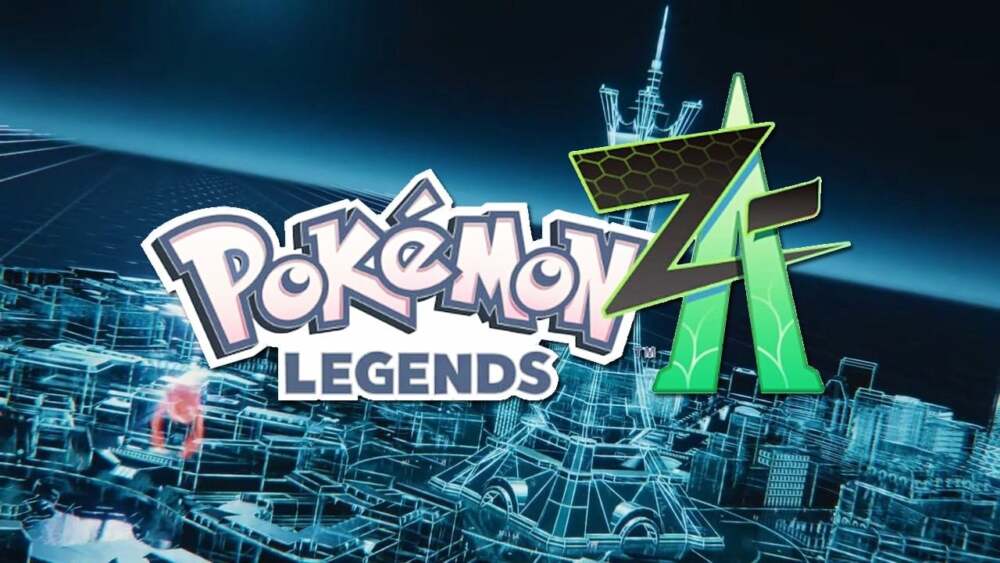

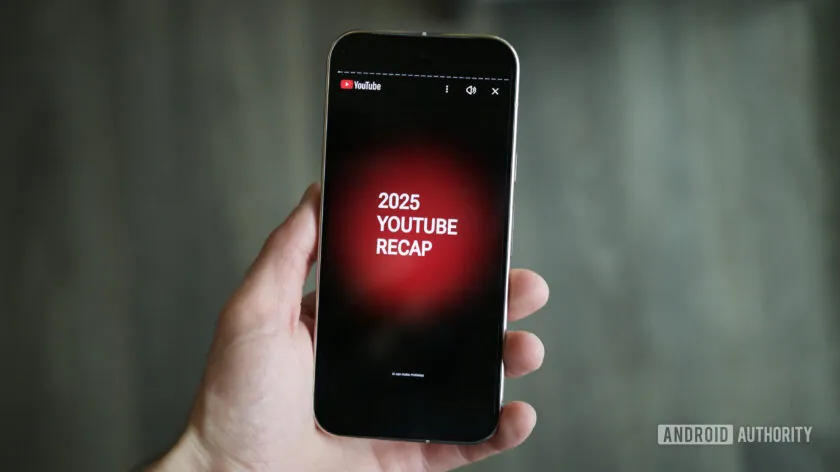

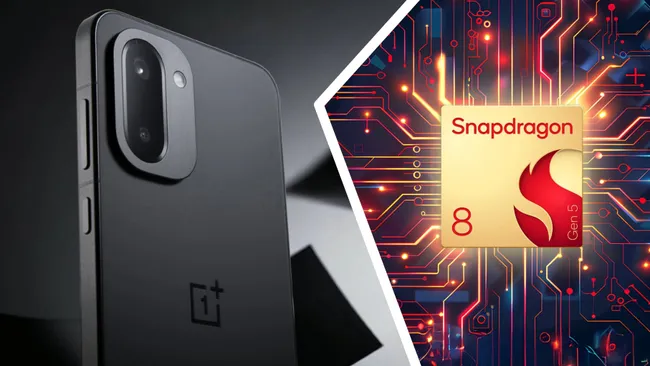

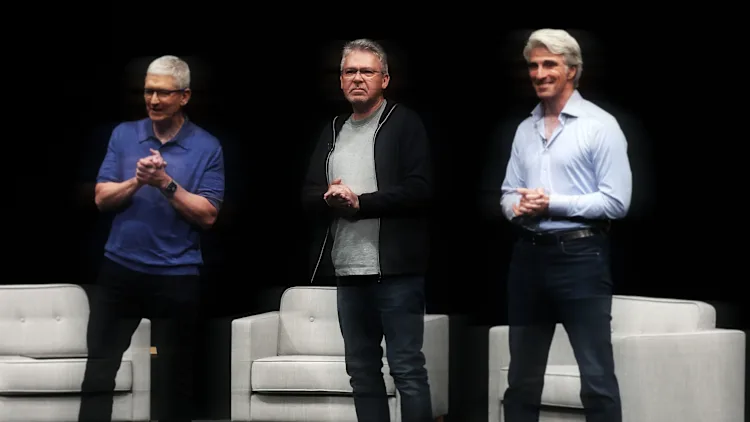

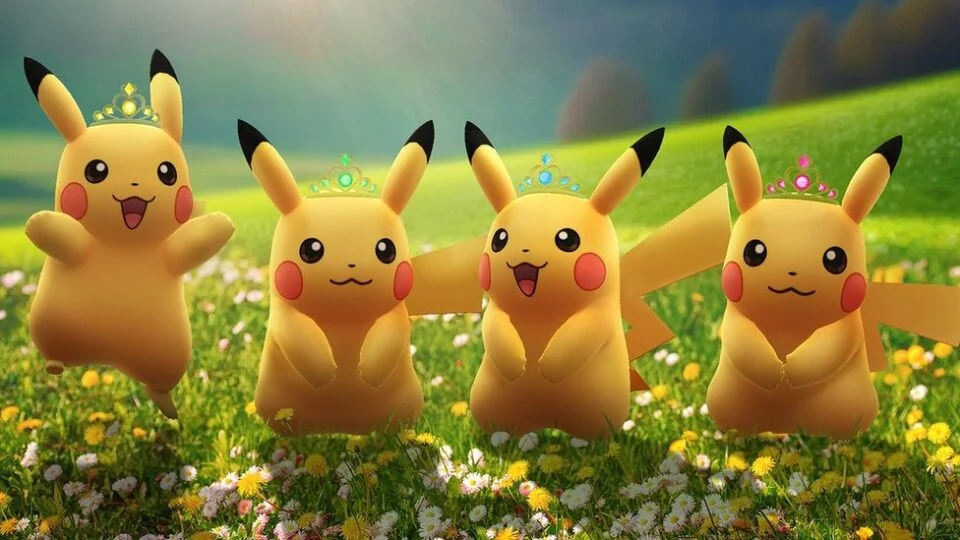

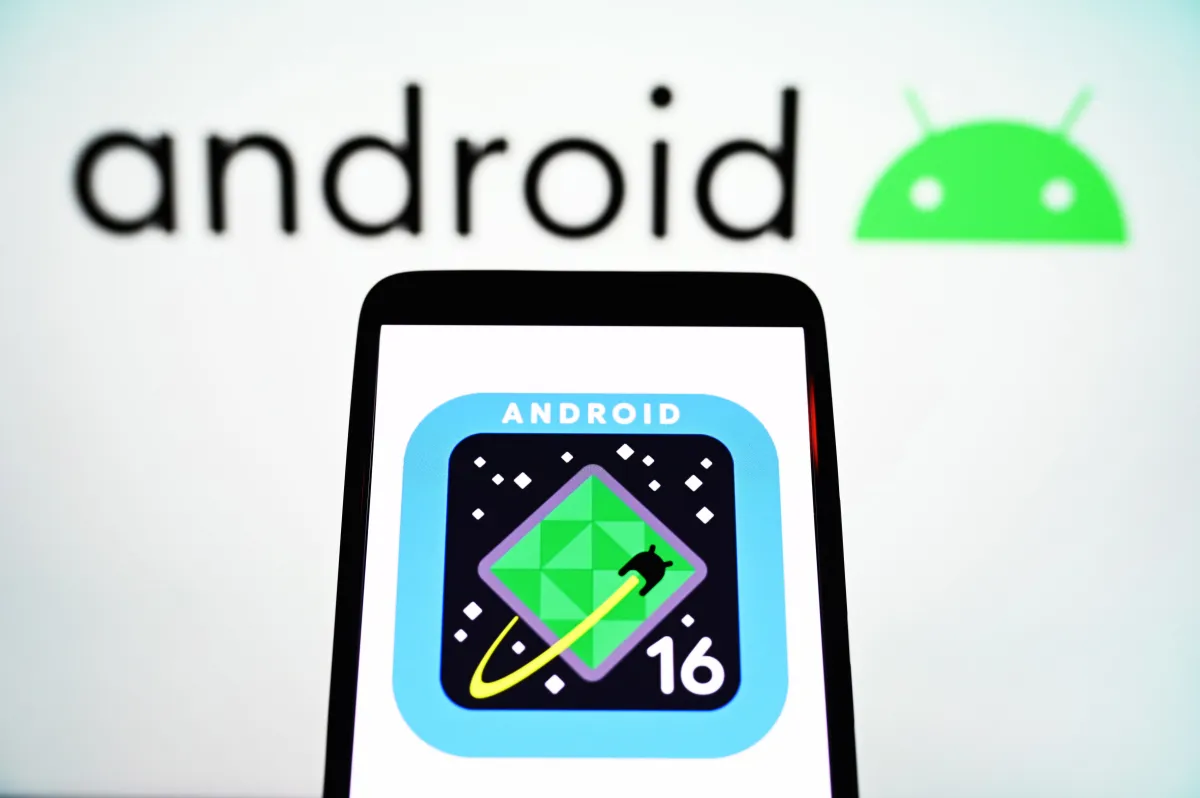



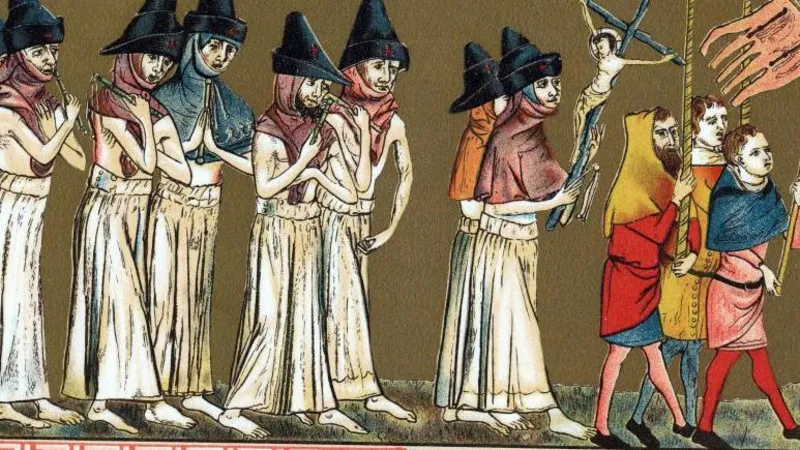
Leave a Reply